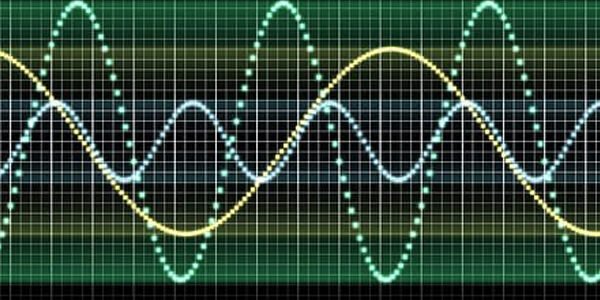
Sound design forms the base of every audio visual production.
Sound design is a vital element of a film.
The outcome of a film is heavily affected by the sound design. It is a quintessential part without which a film falls short. Audio and visuals work in sync with each other to influence the audience and do not compete with each other. Sound adds depth and connects the audience to the film.

Music and sound design, when indistinguishable create the best effect.
Here is in this article we discuss the essentials of sound design in audio visual production.
#1. Read Sounds – Also called diegetic sounds, these include natural sounds such as waves on a beach, sound of wind bellowing and people talking. While to the audience it appears real, they aren’t recorded live. When a film maker is capturing a scene of a girl walking in a forest, the microphone can only record a confusing mixture of sounds.
The footsteps can’t be heard without sound design. To pull on a complete effect, sound design is used here – sounds of birds chirruping, footsteps and rustle of leaves. The sounds are used as close-ups to ensure focus on important things.
There are two kinds of diegetic sounds: a. Sound that matches the ongoing activity on the screen such as sound of flowing water while showing a river. This is called synchronous sound. b. The sound that comes from a thing not visible on the screen such as a boat passing by, called asynchronous sound.
#2. Music effect – Termed as non-diegetic sound, music includes all added sounds such as voice-overs and background music. The power of music lies in the fact that it can be used to show where the film is set. Using an old house, with French music in the background shows that the scene is from the 18th century.
Sound design is used to establish or change the mood. Film makers use deep, creepy tones to tell us that something bad, sinister or unnatural is to happen. High notes of violin portray suspense and tension. Frictional sounds are used to make the audience feel uncomfortable. Fast music adds excitement to the scene and is typically used during an action scene.

The success of many movies depends upon the sound design and musical score.
Cartoon movies generally use “hits” where the music notes match the action on the screen, adding a cheesy look to the entire setup. While parallel music is used to match the scene on-screen, contrapuntal music uses sound opposite to what’s going on-screen. They use irony, such as happy music for a sad scene, calm music for suspense. In many films they assign specific musical theme to each character, also called leitmotif.
Film makers often use sound and editing together. Called split edits, the sounds and images are changed at different times to make the sequence flow smooth and this way the cuts are not very prominent. Two scenes are linked together using sound bridge. The character hears birds chirruping while sitting in the office, before the next scene which is in the forest. This prepares the audience for a change of scene.
In many films, the images either change on every beat or with the change in music.
Amid all this, the power of silence is also given importance. Dramatic change from hectic music to silence adds a shock effect, adding a few moments of silence in a dialogue builds suspense and tension. With complete silence, the surrounding ambiance does the speaking in a silent way.

Sometimes silence is more effective than any other music.Sound de
References –
- http://learnaboutfilm.com/film-language/sound/
- http://www.bbc.co.uk/arts/0/24083243
- http://blog.storyandheart.com/blog/2014/9/23/the-importance-of-sound-design-in-your-films

